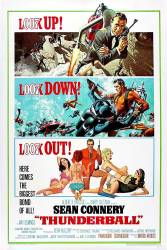
Revealing mistake: In the scene where Bond is trapped in Largo's shark-infested pool, he uses his mini air tank to breathe. In most of the subsequent shots, look closely at the actor's face - it looks a lot more like a stuntman than Sean Connery. (01:20:20)
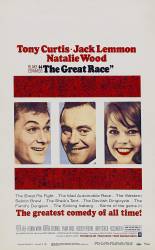
Continuity mistake: When the Leslie Special is rolled out to be presented to the Great Leslie the red carpet in the front view starts at the building alignment. The aerial shot as seen from Professor Fate shows a wide gap between the building alignment and the red carpet.

Factual error: Terry-Thomas's plane gets stuck between the carriages of a Paris-bound train (in fact filmed on the single-line track between Bedford and Hitchin). Just before the train plus plane goes into a tunnel you can see the cooling towers of Bedford's Goldington Power Station (circa 1960) behind TT's head. (01:58:20)
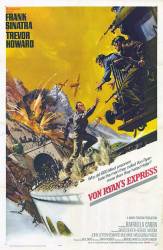
Factual error: Sergeant Bostick tells Colonel Ryan he is from the 113th Armored Division. The U.S. Army never had a 113th Armored Division in WW2.
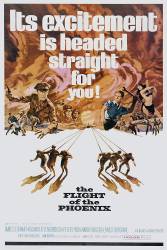
Factual error: Before the damaged plane is dismantled, in some shots the three propeller blades of the port side engine are a mixture of clockwise and anticlockwise type. (The twist along the length of the blade goes the opposite direction depending on the type).
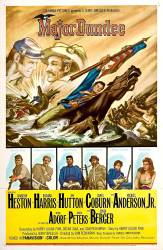
Character mistake: Ryan's final diary entry says the US Cavalry fought against "French irregulars." The French lancers were actually regular troops.
Suggested correction: Is this actually an error? I believe the British Regiment who feature in this film are The Ninth Fusiliers. Well, there never has been a Ninth Fusiliers in the British army, either! For that matter, there never was a Colonel Joseph L Ryan, or a Major Eric Fincham, or a Major Battaglia. While this film is set in the Second World War, it is openly admitted that it is a wholly fictional story. Some Second World War films (A Bridge Too Far; The Longest Day; The Battle Of the Bulge) were made to recreate historical events, and so refer to soldiers and military units who existed. Other Second World War films like this one (Sahara, Escape To Victory, Ice Cold In Alex) while referencing actual events, and, showing sequences of events that are not beyond probability, are still stories. Since this is a fictional, imagined story, is it acceptable for soldiers to serve with fictional regiments or imaginary fighting units?
While some fictional accounts can be taken for granted and not counted as errors (even films based on true stories can have fictional characters), there are limits when setting films in the past. To have a 113th Armored Division is a valid mistake as the highest number in WWII was the 20th Armored Division, unlike Infantry Divisions that went into the 100's. This could almost be the same as giving a character an 8 or 11 number phone number.
Bishop73
The anonymous drive by hit and run "contributor" (not referring to you, Bishop73) may not have seen another post I made about Sgt. Bostick wearing a 4th Armored Division patch on his uniform: he says he is from the 113th A.D. (which never existed) but wears the 4th A.D. patch, which did exist in WW2, but did not see service until France in 1944.
Scott215